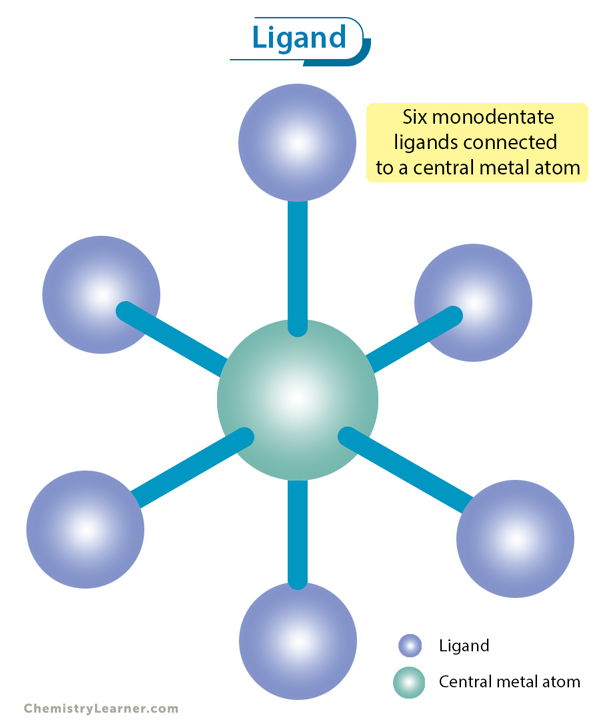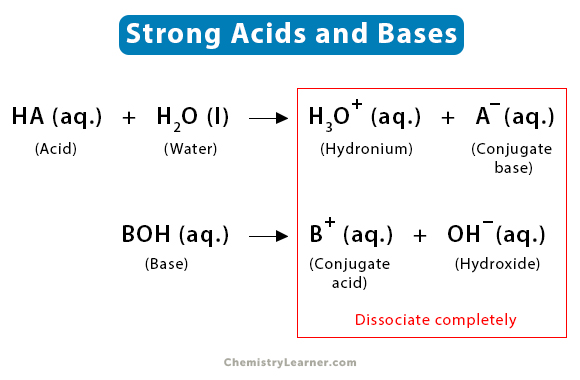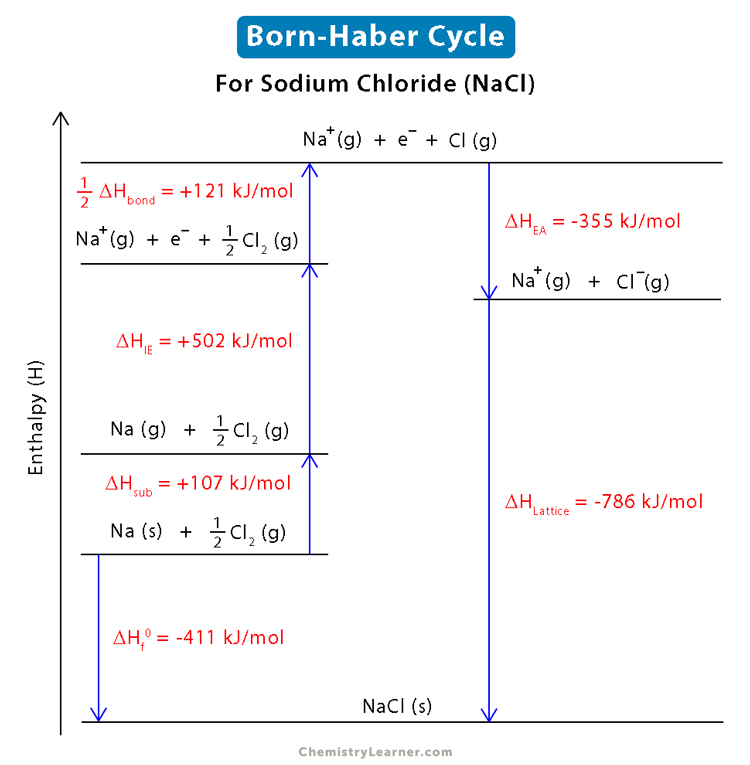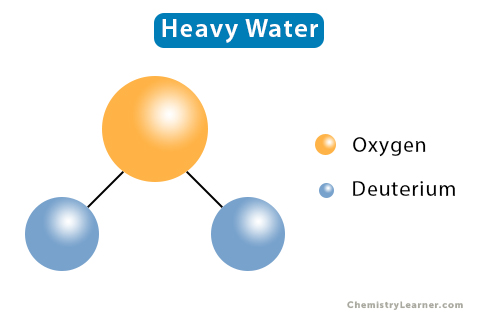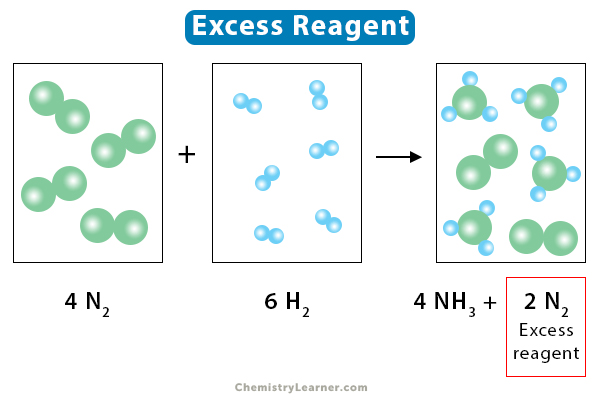Acanthite
Acanthite Definition
It is one of the most important ores of silver. Its formula is Ag2S. It is a stable and low-temperature form of Silver Sulfide.
Acanthite Etymology
Acanthite is derived from the Greek Akanta, which means ‘arrow’; from Latin Argentum, which means ‘silver.’
Acanthite Composition
It has a molecular weight of 247.80 gm with 87.06 % Silver (Ag) and 12.94 % Sulfur (S).
Acanthite and Argentite
Acanthite and Argentite are often used interchangeably. Both are ores of silver sulfide. Above 173 oC, Argentite is a form of Silver Sulfide. Below this temperature, Argentite changes to Acanthite. At room temperature, Ag2S actually stands for Acanthite.
Acanthite Versus Galena
Acanthite and Galena are two most important ores of Silver. While Galena is a lead ore also containing silver (normally about 1 %); however, on processing, most of the silver in Argentiferous Galena is actually microscopic inclusion of Acanthite crystals.
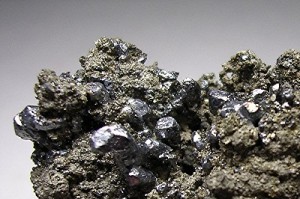
Picture 1 – Acanthite
Source – mineralatlas.com
Physical Characteristics
Know about some of the major physical characteristics of this substance.
- It appears as lead gray to black in color.
- It is opaque.
- It has a metallic luster.
- It has a hardness of 2.5 to 3.
- Hardness in Vickers is VHN50=21 – 25 kg/mm2
- Specific gravity of this ore of silver is around 5.5 to 5.8.
- Approximate density of it is 7.2 – 7.4 g/cm3.
- It has a conchoidal fracture.
- It has a shiny black streak.
- This mineral can be cut with a knife like lead. After cutting, new shiny exterior will finally turn dull on long contact with light.
- It is non-fluorescent and nonmagnetic.
Acanthite Crystallography
Usually, it is found as pseudo-cubic and pseudo-octahedral crystals. Monoclinic crystals of thorn shape are also observed, which are generally small to microscopic in dimension. Its crystals include well-formed cubes, octahedrons and dodecahedrons.
Some of the important data about its crystals are as follows:
- It has a monoclinic crystal system.
- It belongs to 2/m – Prismatic class (H-M).
- Its crystal occupies space group of P21/m {P1 1 21/m} {P21/m} {P1 21/m 1}.
- Its cell parameters are a = 4.229Å, b = 6.931Å, c = 7.862Å with β = 99.61°.
- Unit cell volume of it is V 227.21 ų (computed from unit cell).
- X-Ray diffraction by intensity (I/Io) of this silver sulfide ore is 2.606(1), 2.44(0.8), 2.383(0.75).
- Cleavage is nonexistent.
Other Calculated Properties and Facts
- It has an electron density of 6.43 gm/cc.
- Its Fermion Index is 0.0009705112 and Boson Index 0.9990294888.
- This metal is not radioactive.
Similar Metals
Similar metals to Acanthite include:
- Silver
- Gold
- Calcite
- Pyragyrite
- Quartz
- Sphalerite
- Chalcopyrite
- Bornite
- Proustite
- Galena
- Stephanite
The list also includes other silver sulfide metals.
Acanthite Producing Regions
This mineral is produced predominantly in the following mining regions:
- Guanajuato and Chihuahua in Mexico
- J´achymov (Joachimsthal) in Czech Republic [TL]
- Saxony and Freiberg in Germany
- Cobalt, Ontario in Canada
- Comstock Lode, Nevada and Butte, Montana in United States
- Cornwell in England
- Chile
- Bolivia
- Peru
Physical Identification
This mineral can be physically identified by its luster, density, toughness, sectility and comparison with other silver sulfosalts.
Acanthite Uses
- This mineral has aesthetic value and is precious because of its scarcity.
- It is used as an ore of silver.
- It can be an effective means of reducing metal availability and toxicity in contaminated soils.
- The polishing on Sterling silver is Acanthite.
- References
- http://www.galleries.com/minerals/sulfides/acanthit/acanthit.htm
- http://www.ncbi.nlm.nih.gov/pubmed/15701387
- minerals.net
- http://www.mindat.org/min-10.html
- http://webmineral.com/data/Acanthite.shtml
